This is part 8 in a series of posts on a prototype of the Kolari Vision thin-stack sensor modification for the Sony a7II. The series starts here.
The Leica 90mm f/2 Apo-Summicron-M ASPH is a great performer on the Sony a7x cameras. Its exit pupil is far enough from the sensor plane that the corners are generally sharp. How is it on the Kolari-modified a7II?
The scene, at f/2, with both a stock and a Kolari-modified a7II:
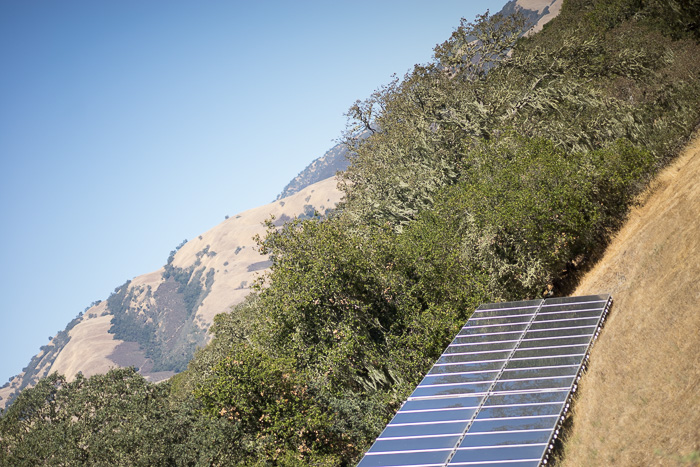
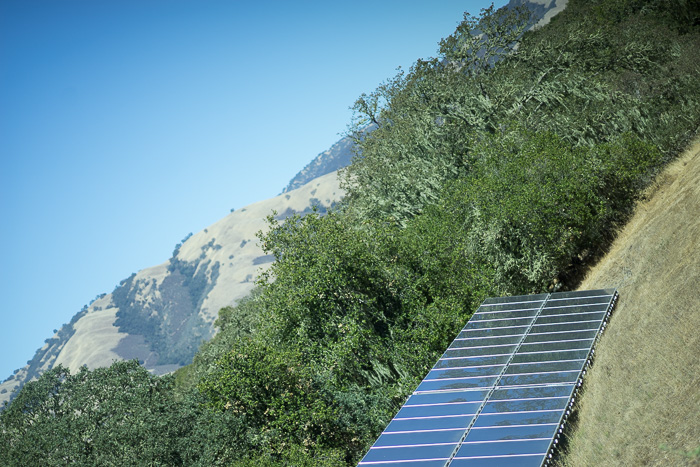
Same color shift we saw in the earlier pictures.
In the lower left corner, wide open and stopping down at whole apertures, enlarged 3:1, processed in Lightroom with daylight white balance and otherwise default settings:
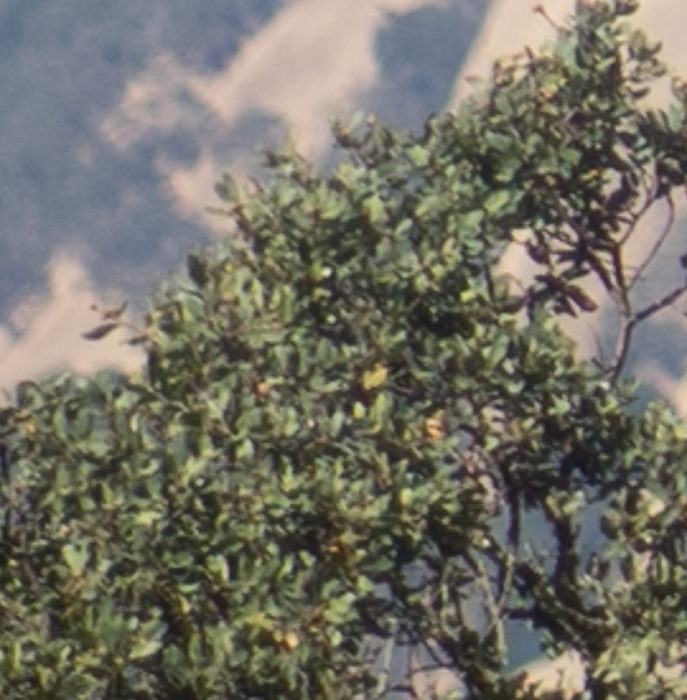
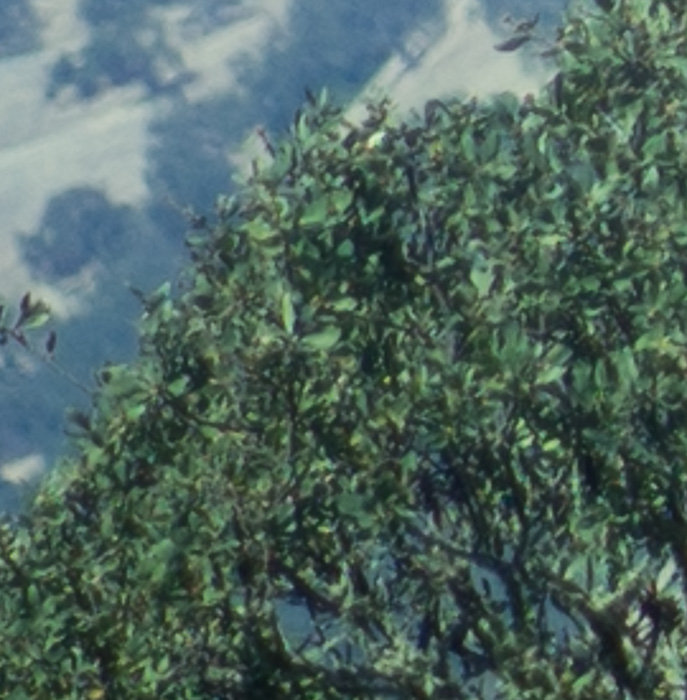
Both sensors are doing a good job.
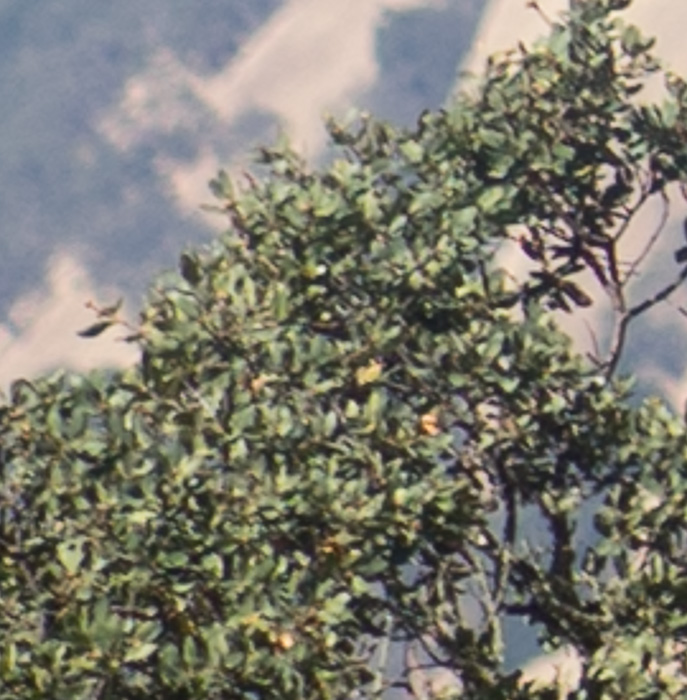
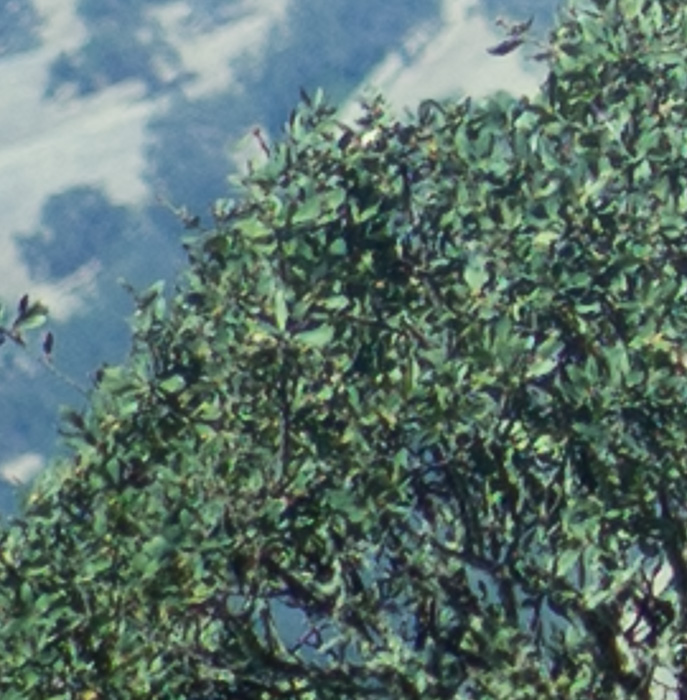
The Kolari is slightly sharper, probably the result of its lack of an AA filter.
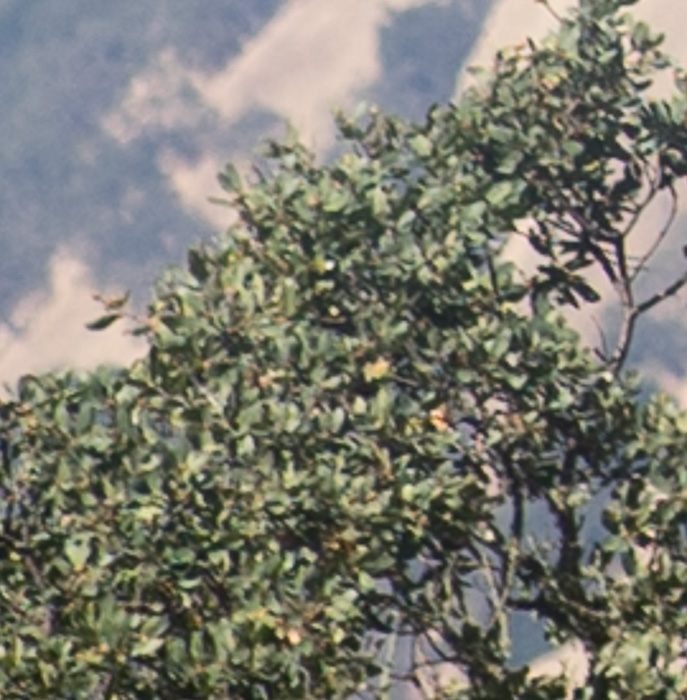
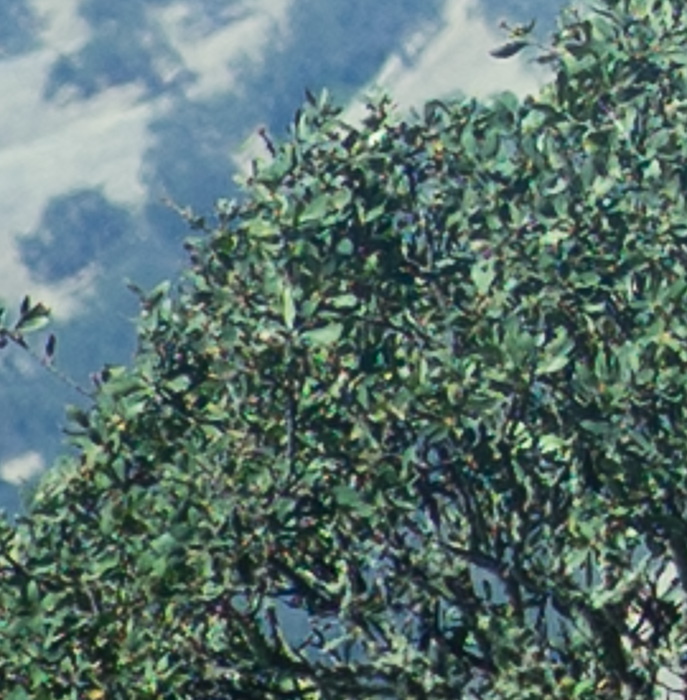
Again. the Kolari is slightly sharper, probably the result of its lack of an AA filter.
Bored yet? I can tell you that the difference between the modified and standard sensor images as the lens is stopped down to f/16 remains the same. The Kolari mod doesn’t hurt anything with this lens, and helps a bit in this test — which has no obvious aliasing — because it omits the AA filter.
The f/16 images, showing a lot of diffraction, but still looking darned good:
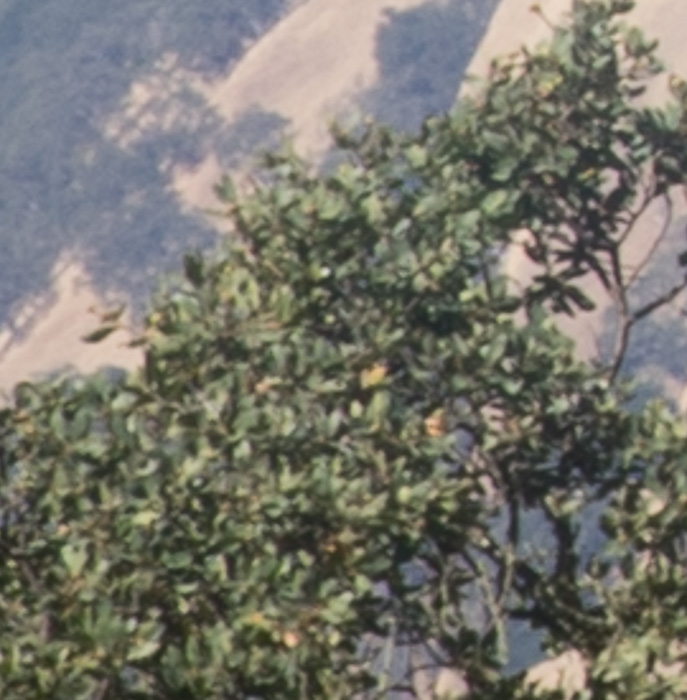
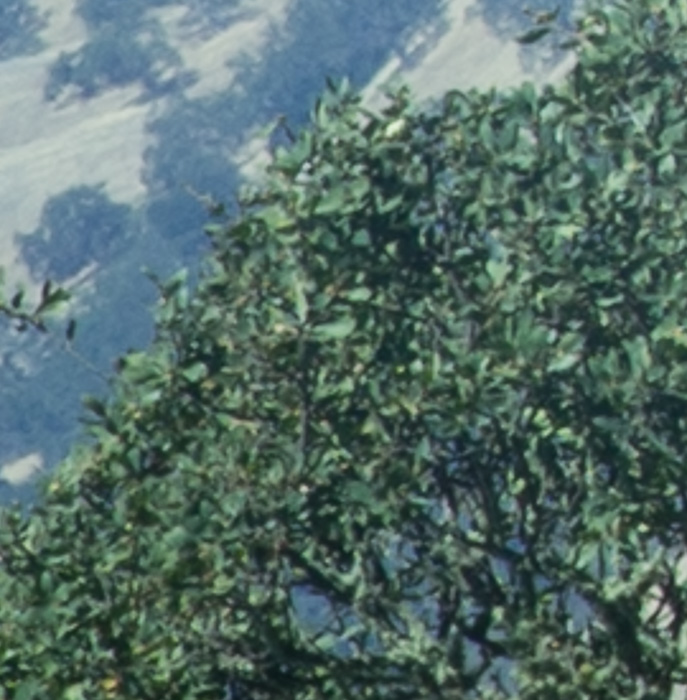
A can’t resist emphasizing what a nice lens the 90 ‘cron Apo is on the a7II. I should also mention how difficult is is to get critical focus wide open with so little DOF available. I had to do focus bracketing to get this series.
“I should also mention how difficult is is to get critical focus wide open with so little DOF available. I had to do focus bracketing to get this series.”
Is the focus peaking not effective with this combination? ( I have no experience with that system so my question is in ignorance of its advantages and limitations)
Supplementary:
Would deconvolution sharpening of the AA filter version match the AA free version. (I know from a testing aspect no tampering is required but in real life would that even out the final image quality?
No, not bored… yet.
Hi Jim,
Looking forward to your test results on the image stabilization after the modification. I have the original A7 modified and have been very pleased with the performance – completely consistent with your results so far.
Michael
Interesting series of articles … rather esoteric, but that seems to be a specialty of yours.
My impression is that the conversion would appeal to a person with one or several very high end wide angle legacy lenses (Leica / Zeiss / etc.) from the film days to get the most performance from the lens(es).
BTW: my understanding is that you have two of the a7Rii on pre-order. Do you anticipate eventually converting one to the “thin stack” and/or a conversion to IR?
IR.